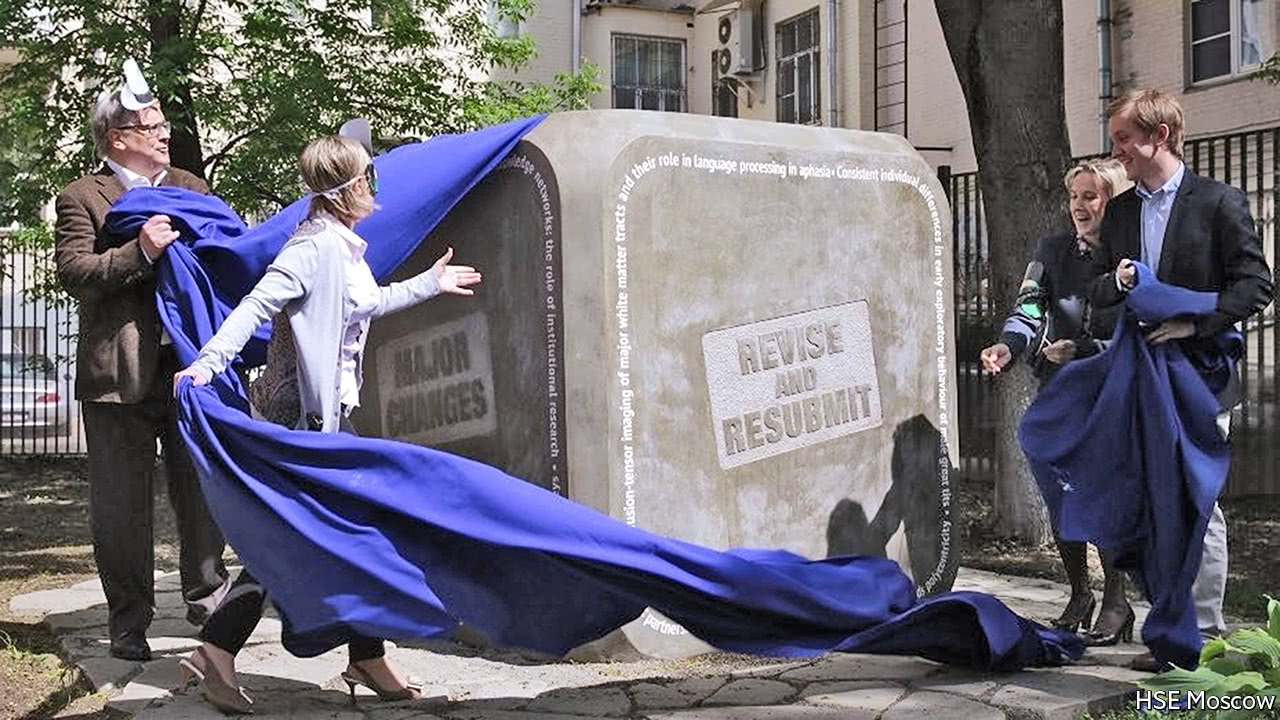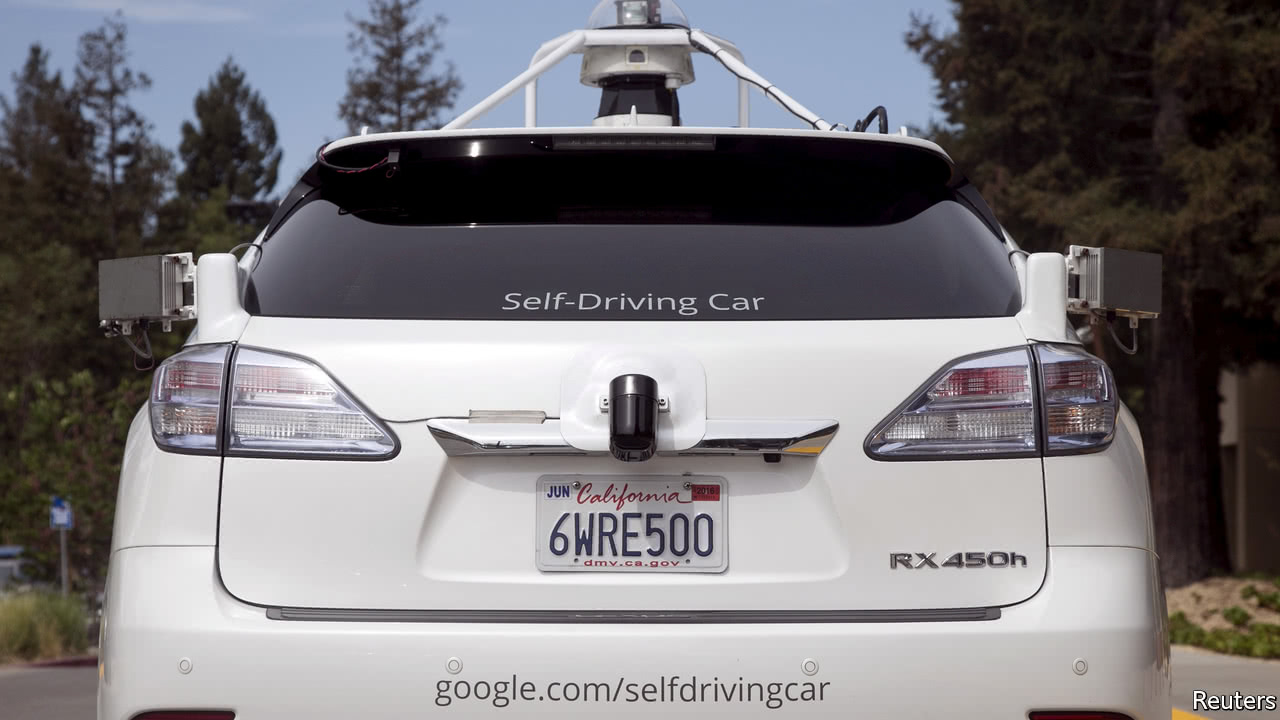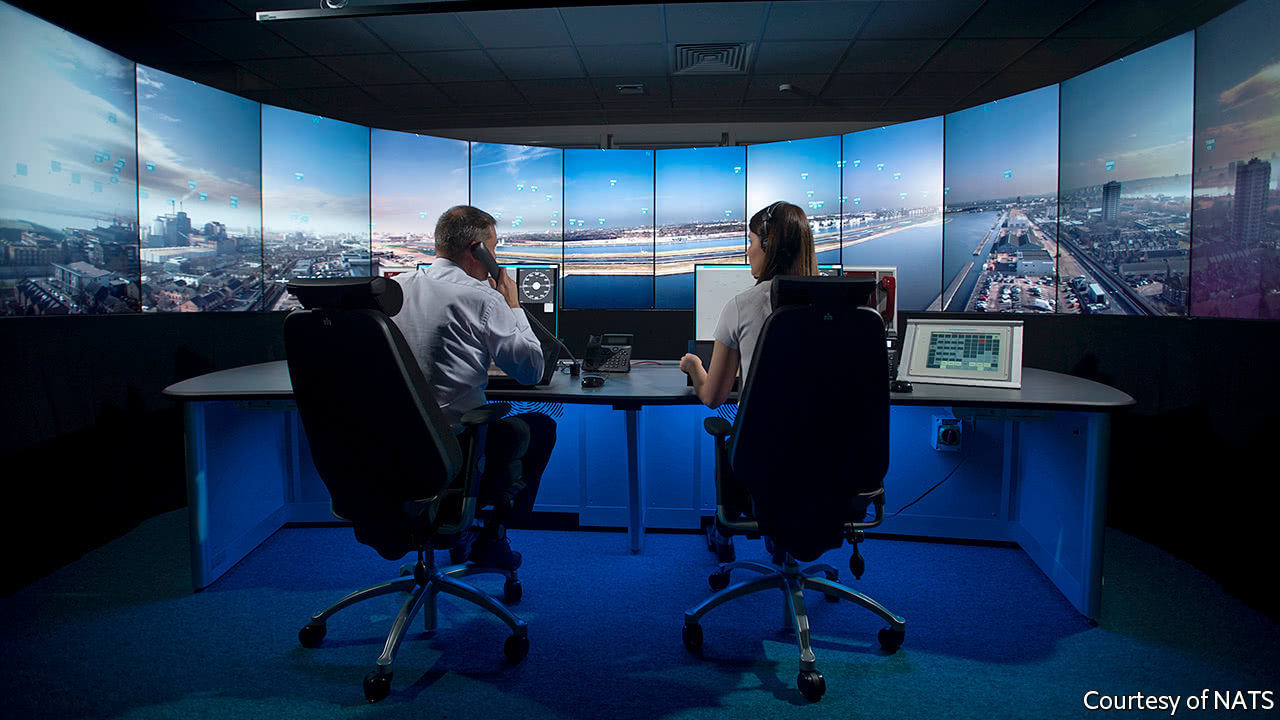Peer review is a thankless job. One firm wants to change that
AS SCULPTURES go, it is certainly eye-catching. On May 26th a small crowd gathered outside Moscow’s Higher School of Economics to watch the unveiling of a 1.5-tonne stone cube shaped like a six-sided die. Its five visible sides are carved with phrases such as “Minor Changes”, “Revise and Resubmit” and “Accept”. Called the “Monument to the Anonymous Peer Reviewer,” it is, as far as anyone can tell, the first such tribute anywhere in the world.
Peer review underpins the entire academic enterprise. It is the main method of quality control employed by journals. By offering drafts of a paper to anonymous experts, poor arguments or dodgy science can be scrubbed up or weeded out.
That is the theory. In reality, things are murkier. Anonymity makes peer review unglamorous, thankless work. That matters, for these days scientists are under relentless pressure from universities and funding bodies to publish a steady stream of…Continue reading
Source: Economist














